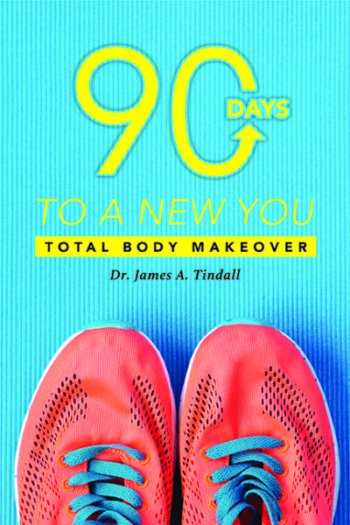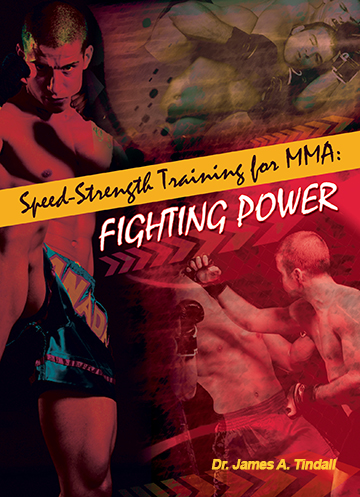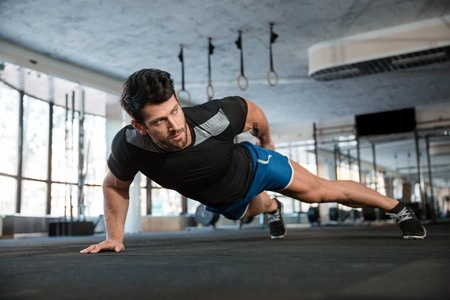So, you think your training routine is well balanced? You’re building all that muscle or clocking the miles. How does its well rounded exercises/program stack up?
Fitness/Training should balance five elements of good health. Thus, you should ensure that your training regimen includes aerobic fitness, strength training, core exercises, balance training, flexibility and stretching.
Whether you’re a novice taking your first steps toward fitness or an exercise fanatic hoping to optimize your results, a well-rounded fitness-training program is essential. Include the following five elements to create a balanced regimen.
1. Aerobic fitness
Aerobic activity, also known as cardiovascular or endurance activity, is the cornerstone of most fitness-training programs. It causes you to breathe faster and more deeply; this maximizes the amount of oxygen in your blood. Your heart will beat faster, which increases blood flow to your muscles and back to your lungs. It can also help minimally with blood flow to the joints and thus, helps one heal injuries more quickly.
The better your aerobic fitness, the more efficiently your heart, lungs and blood vessels transport oxygen throughout your body. Additionally, if you are cardiovascular fit, the easier it is to complete routine, daily physical tasks and rise to unexpected challenges, such as dashing across the field to beat the rain, snow, or hail.
Aerobic activities include any physical activity that uses your large muscle groups and increases your heart rate. Examples include walking, jogging, biking, swimming, dancing, water aerobics, hiking, backpacking, shoveling snow, house choirs, etc.
Advertisement: Amazon (click on photo for more info)

The Department of Health and Human Services, assuming you are a healthy individual, recommends that you get at least 150 minutes (2.5 hours – 30 minutes per day for 5 days) of moderate aerobic activity or 75 minutes (1 hour, 15 minutes – about 15 minutes per day – try some speed sprints) of vigorous aerobic activity a week, or a combination of moderate and vigorous activity. The guidelines suggest that you spread out this exercise during the week. You can even break up activity into spurts of 10 minutes.
You can also try high-intensity interval training, which involves alternating short bursts of intense activity (around 30 seconds) with subsequent recovery periods (around 3 to 4 minutes) of lighter activity. An example is speed sprints such as 20x40x20 (jog-run flat out-jog – distance in yards) then, wait for 15-45 seconds depending on your fitness level and do the next repetition. Another example includes alternating periods of brisk walking with periods of leisurely walking or include bursts of jogging into your brisk walks. This is an example of intensity increase.
2. Strength training
Muscular fitness is another key component of a fitness training program. Strength training builds lean muscle mass and reduces fat build up. Strength training can help you increase bone strength and muscular fitness, and thus, helps you manage or lose weight. It can also improve your ability to do everyday activities. Aim to include strength training of all the major muscle groups into your fitness routine at least twice a week. Most people are not aware that most strength-training exercises are anaerobic in nature, especially speed-strength training for athletes and Olympic training regimens.
Almost all fitness centers offer various resistance machines, free weights, bumper weights, and other tools for strength training. However, you do not need to invest in a gym membership or expensive equipment to reap the benefits of strength training. A good way to begin is to purchase a few sets of dumbbells and do all your exercises with them in lieu of a straight bar. You can also use homemade weights such as plastic soft drink bottles filled with water or sand, which may may work just as well. Resistance bands are another inexpensive option. Finally, do not forget your body weight – pushups, jumping jacks, box jumps, jump-split squats, sit up, crunches, body squats, etc.
3. Core exercises
Core exercises are the most important and often most neglected (see our September 2017 issue). The muscles in your abdomen, lower back and pelvis are generally known as your core muscles, which help protect your back and connect upper and lower body movements. Core strength is a key element of a well-rounded fitness training program. It is the most important aspect in training for professional athletes.
Core exercises help train your muscles to brace the spine and enable you to use your upper and lower body muscles more effectively. They define how fast the body can react and twist into various motions. Examples of core exercises includes those that use the trunk of your body without support such as sit-ups, bridges, planks, valslides, etc.
4. Balance training
Balance exercises can help you maintain your balance at any age. This becomes particularly important as you age. But, no matter your age, it is always a good idea to include exercises to maintain or improve balance during routine exercises. Most readers are aware that balance tends to deteriorate with age, which can lead to falls and fractures – a major cause of death among the elderly.
Advertisement: Amazon (click on photo for more info)

Regardless of age, balance exercises can help stabilize your core muscles. Try standing on one leg for increasing periods of time to improve your overall stability. Once you are proficient at that, stretch your leg out in front of you and hold it about waist level, toes pointed outward, for 15 seconds then, move to the side and hold the same amount of time (also about waist level); finally, bend slightly forward to maintain balance and rotate your leg behind you as if doing a kick and hold again then, stand on both feet and do the same on your other leg. Yoga, martial arts, and similar activities are great for teaching balance.
5. Flexibility and stretching
Flexibility is an important aspect of physical fitness. It is a mainstay of martial arts and professional athletes of other sports. You should include flexibility and stretching in your workout regimen. Stretching exercises can help increase your flexibility, which makes it easier for you to do many everyday activities that require flexibility.
Stretching can also improve the range of motion of your joints and may promote better posture. Regular stretching can even help relieve stress and tension. Therefore, athletes focus on full range of motion exercises.
Consider stretching after you exercise — when your muscles are warm and receptive to stretching. It’s a good way to warm down and relax after a workout. However, if you want to stretch before a workout, warm up first so that you do not pull a muscle.
Ideally, you will stretch whenever you exercise. If you do not exercise regularly, you might want to stretch at least two to three times a week after warming up to maintain flexibility. Activities such as yoga promote flexibility, too. And, stretching is a good exercise to do during commercials or while watching a favorite TV program.
Summary
It does not matter if you write your own program or get one from a professional trainer – your overall exercise plan should include the above 5 elements. Incorporate aerobic fitness, strength training, core exercises, balance training, and flexibility and stretching into your exercise regimen. Just remember, you do not have to fit them all into every workout program, it’s about balance. Rotate them and have a well-rounded regimen. You will find that it will help promote better fitness in your active lifestyle.







